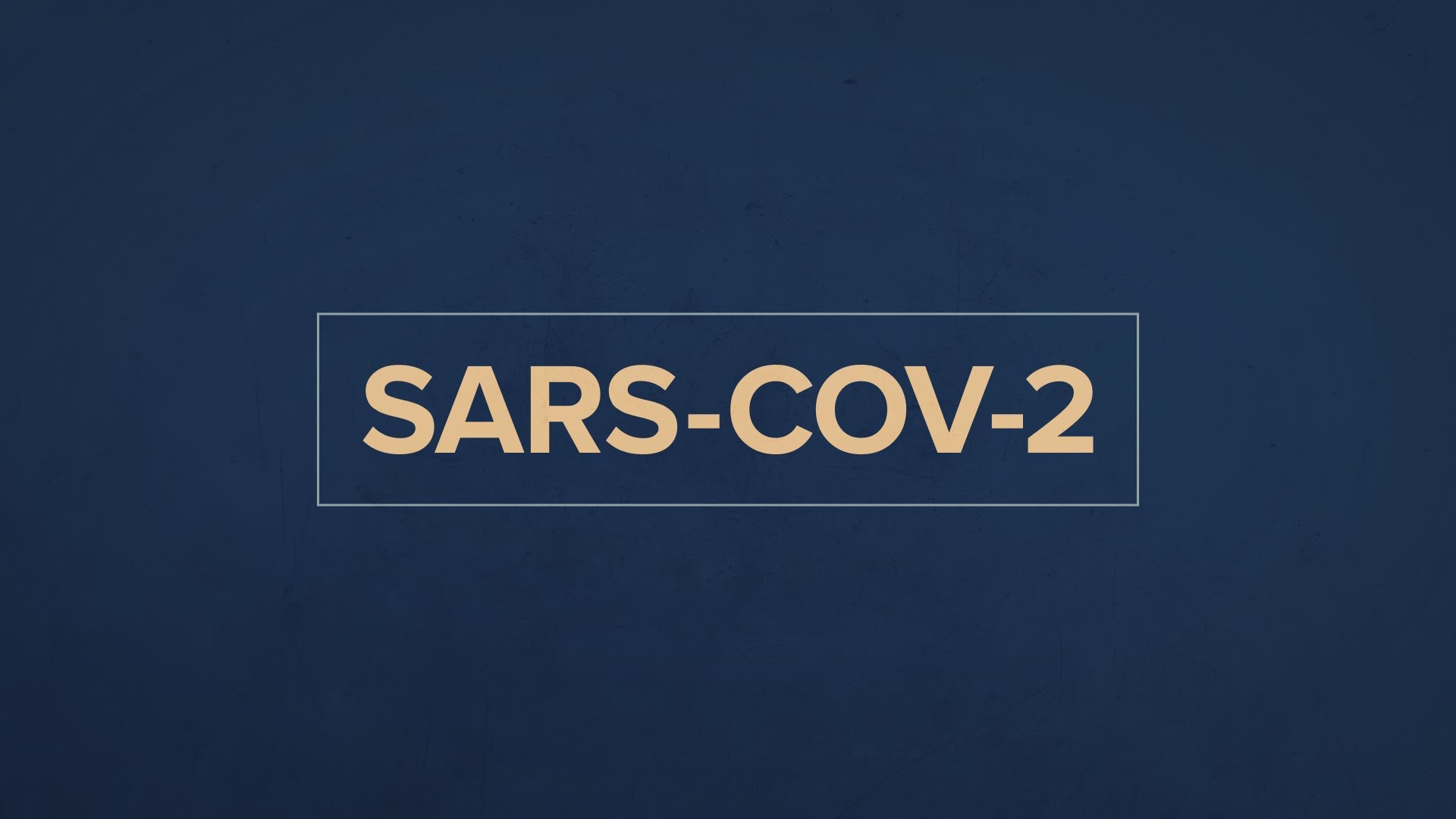WASHINGTON — The novel coronavirus outbreak SARS-COV-2, which started in Wuhan, China, in December, has expanded across the globe, sickened millions and killed hundreds of thousands of people.
The first confirmed case of the virus in the United States was discovered on January 21, 2020, six months ago. The infected individual was a man in his 30s from Washington state.
He traveled from Wuhan, China, but he said he did not interact with anyone known to have been infected with the virus, according to the Centers for Disease Control and Prevention officials.
The CDC confirmed that the patient traveled through Seattle-Tacoma International Airport on Jan. 15 and developed symptoms shortly after. When he saw a doctor, a clinical specimen was collected and sent to the CDC for lab testing.
The World Health Organization declared a public health emergency over the global outbreak on Jan. 30, 2020, hours after China said the death toll from the new virus had risen to 170.
On Feb. 11, the WHO announced the formal name for the virus, COVID-19.
"Having a name matters to prevent the use of other names that can be inaccurate or stigmatizing. It also gives us a standard format to use for any future coronavirus outbreaks," said Dr. Tedros Adhanom Ghebreyesus, Director-General of WHO, when the name was announced.
On March 17, confirmed cases of the virus had been reported in every state.
At the six month mark, the U.S. has more than 3.8 million confirmed cases and more than 140,000 deaths from the coronavirus, according to a tally by Johns Hopkins University.
The United States has the most confirmed cases than any other country in the world. The country with the second-highest number of confirmed cases is Brazil with more than 2.1 million infected.
For most people, the new coronavirus causes mild or moderate symptoms. For some, especially older adults and people with existing health problems, it can cause more severe illness, including pneumonia and death.
The United States has taken steps to slow the spread of the virus like closing down schools and businesses, and encourage Americans to stay inside, social distance and wear a mask. However, businesses began to reopen and cases began to resurge in Southern states in recent weeks.
This is happening as the first round of U.S. federal relief expires. The political stakes of providing more support to the American economy are high and rising ahead of the November election. Unemployment claims have topped 1 million for 17 straight weeks, leaving many households in a cash crunch and at risk of losing employer-backed health insurance coverage.
Congressional Republicans remained at odds with Democrats over how much money is enough to ease the financial burden as businesses endure repeated closures to contain the spread of the virus.
Democrats have passed a $3 trillion package in the House. The Republican plan totals about $1 trillion.
State governments strapped for medical resources have been forced to borrow billions of dollars and slash costs by furloughing workers, delaying construction projects, cutting school aid and even closing highway rest areas.
President Donald Trump has also insisted that the virus would “disappear,” but the president's view did not at all match projections from the leading health professionals straining to halt the alarming U.S. caseload and death toll.
The CDC said that the best way to prevent the illness is to avoid being exposed. It said everyone should wash their hands often with soap and water for at least 20 seconds, avoid close contact with people who are sick inside and outside the home and cover mouths and noses with a cloth cover when around others.
Currently, there isn't a vaccine available to help control the virus.
On May 15, President Trump introduced a vaccine program he calls “Operation Warp Speed” that will be “unlike anything our country has seen since the Manhattan Project.” The goal is to distribute COVID-19 vaccines he hopes will be ready by year's end.
Nearly two dozen potential vaccines are in various stages of human testing worldwide, with a handful entering necessary late-stage testing to prove effectiveness.
Last week, American researchers announced that the first COVID-19 vaccine tested there boosted people’s immune systems just as scientists had hoped and the shots will now enter the final phase of testing. That vaccine, developed by the National Institutes of Health and Moderna, produced the molecules key to blocking infection in volunteers who got it, at levels comparable to people who survived a COVID-19 infection.
The Associated Press contributed to this report.


